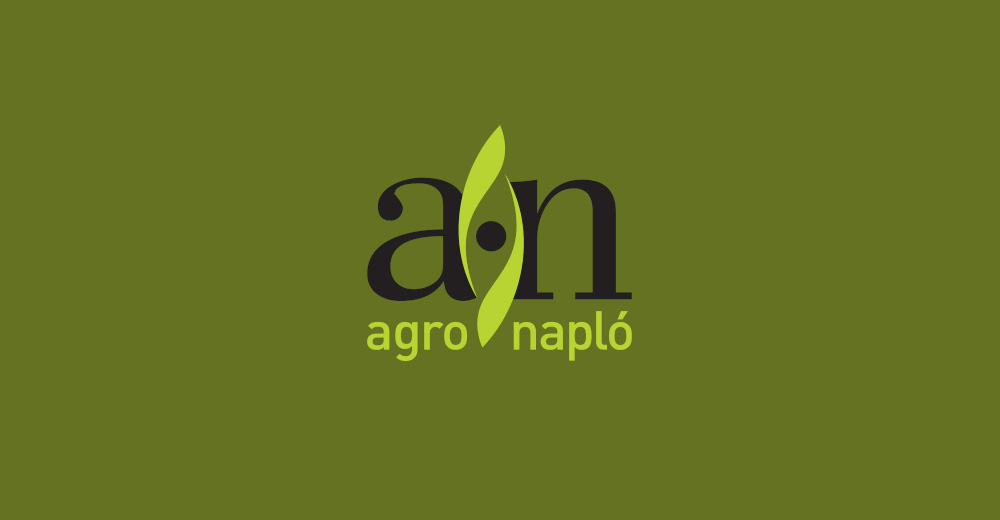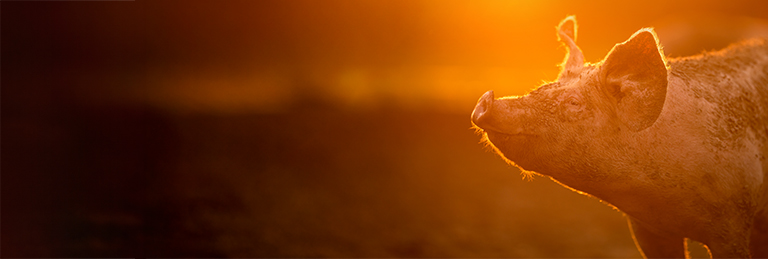All six mycotoxins were analyzed by liquid chromatography tandem mass spectrometry (LC MS/MS). For the purpose of data analysis, non-detection levels were based on the limits of quantification (LOQ) of the test method for each mycotoxin: AfB1 < 0.5 μg/kg; ZEN < 10 μg/kg; DON < 75 μg/kg; FB1 < 125 μg/kg; OTA < 1 μg/kg and T-2 toxin < 4 μg/kg.
The results show that 62% of wheat samples were contaminated with DON and none of the samples contained AfB1 and fumonisin B1. Only 3% of samples contained OTA but this result was expected as it is well known that OTA is a typical storage mycotoxin. The average concentrations of all recovered mycotoxins were medium while the highest concentration of DON found in one of the samples reached 2500 μg/kg. Although 8% of the samples contained T-2 toxin, a mycotoxin extremely toxic for poultry, its maximum concentration reached only 33 μg/kg and this level is negligible. Of more interest was contamination by zearalenone; only 10% of samples were contaminated but the highest analyzed concentration was 250 μg/kg. The average ZEN contamination was 94 μg/kg and this level can be considered low for most animal species.
Figure 1 – Percentage of positive samples (>LOQ) Conclusion
The NutriAd wheat mycotoxin survey concludes that this year's harvest of wheat in Poland is of medium quality in terms of mycotoxin contamination. Based on the results of this survey conducted immediately after the 2014 harvest we believe that this year's wheat crop in Poland should not be considered safe for inclusion into finished feed rations for all animal species. Special attention should be paid to contamination of wheat by DON and ZEN and appropriate measures taken to mitigate against the effects of their presence in animal feeds. The last possible line of defense is the detoxification of mycotoxins in vivo. The addition of proven mycotoxin deactivators to animal feeds is a very common method to prevent mycotoxicosis and is an effective strategy to keep mycotoxin risk low under any and all conditions.







